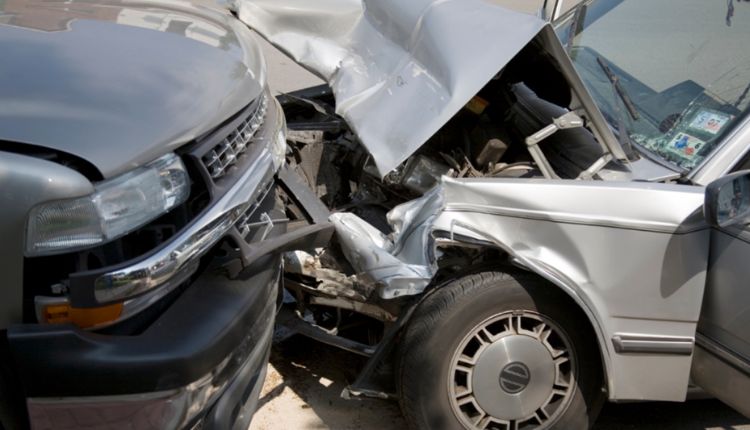Road accidents can happen at any time, and one of the most dangerous types is a broadside collision. Also known as a T-bone crash, this type of accident occurs when one vehicle collides with the side of another. These crashes often occur at intersections and can cause serious harm.
In busy cities where traffic is often heavy, the chances of broadside collisions are higher. If you or someone you know has been involved in such an accident, it’s essential to learn more about broadside collision claims so you understand your legal options.
Understanding Broadside Collisions
A broadside collision happens when the front of one vehicle crashes into the side of another, forming a “T” shape. This often occurs when a driver runs a red light, ignores a stop sign, or fails to yield at an intersection. The sides of vehicles usually have less protection than the front or back, so these crashes can be especially dangerous.
According to the Insurance Institute for Highway Safety (IIHS), side-impact crashes (including broadside collisions) accounted for about 22% of passenger vehicle deaths in 2021. This illustrates the severity of these types of accidents, particularly when one car is traveling at a high speed or when the crash involves a larger vehicle, such as a truck or SUV.
Common Causes of Broadside Collisions
Several common driving mistakes can lead to broadside accidents. These include:
- Running red lights or stop signs: This is the leading cause of many T-bone crashes.
- Distracted driving: Using a phone, eating, or not paying attention can cause drivers to miss vital signs.
- Speeding: When drivers are going too fast, they might not be able to stop in time.
- Driving under the influence: Alcohol or drugs affect judgment and reaction time.
- Poor weather conditions: Rain or fog can make it harder to see traffic signals or other vehicles.
Common Injuries Caused by Broadside Collisions
Because the side of a car offers limited protection, broadside collisions often lead to serious or even life-threatening injuries. Some of the most common include:
Traumatic Brain Injuries (TBI)
When the head hits a window or is shaken violently during a crash, it can cause a brain injury. TBIs can lead to memory loss, confusion, and long-term disability.
Spinal Cord Injuries
A strong impact can damage the spine, which may lead to partial or complete paralysis. These injuries can take months or even years to recover from, if recovery is even possible.
Internal Injuries
The force of the crash can damage internal organs like the liver, kidneys, or lungs. Internal bleeding is dangerous and might not be noticed right away, making it even more serious.
Broken Bones
The arms, legs, ribs, and hips are especially vulnerable in a broadside crash. Broken bones can take a long time to heal and may require surgery or physical therapy.
Neck and Back Injuries
Whiplash, slipped discs, and muscle strains are common after a side-impact crash. These injuries may cause ongoing pain and affect a person’s ability to work or move normally.
Conclusion
Broadside collisions are among the most dangerous car accidents. They often happen suddenly and can lead to life-changing injuries or even death. Understanding the causes and recognizing the signs of potential injuries can help you act quickly and obtain the necessary support. Stay alert, follow traffic rules, and always drive safely to avoid becoming a victim of a T-bone crash.






